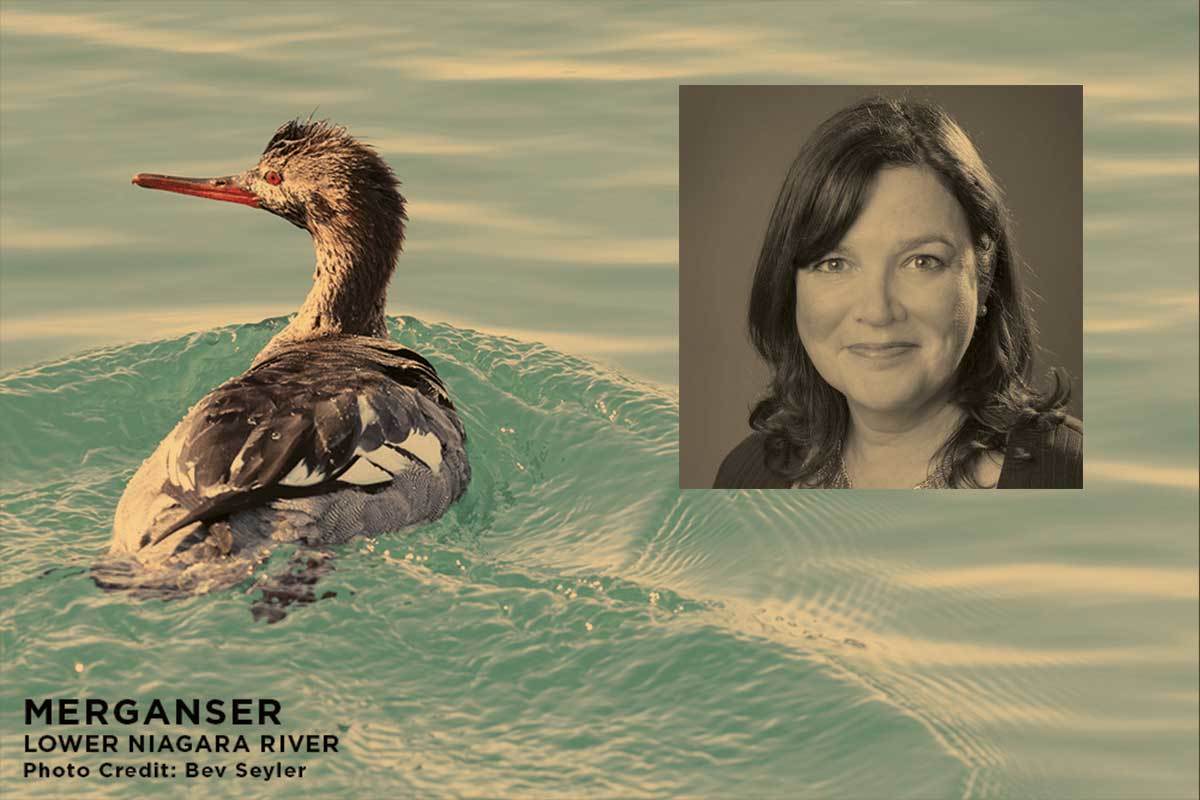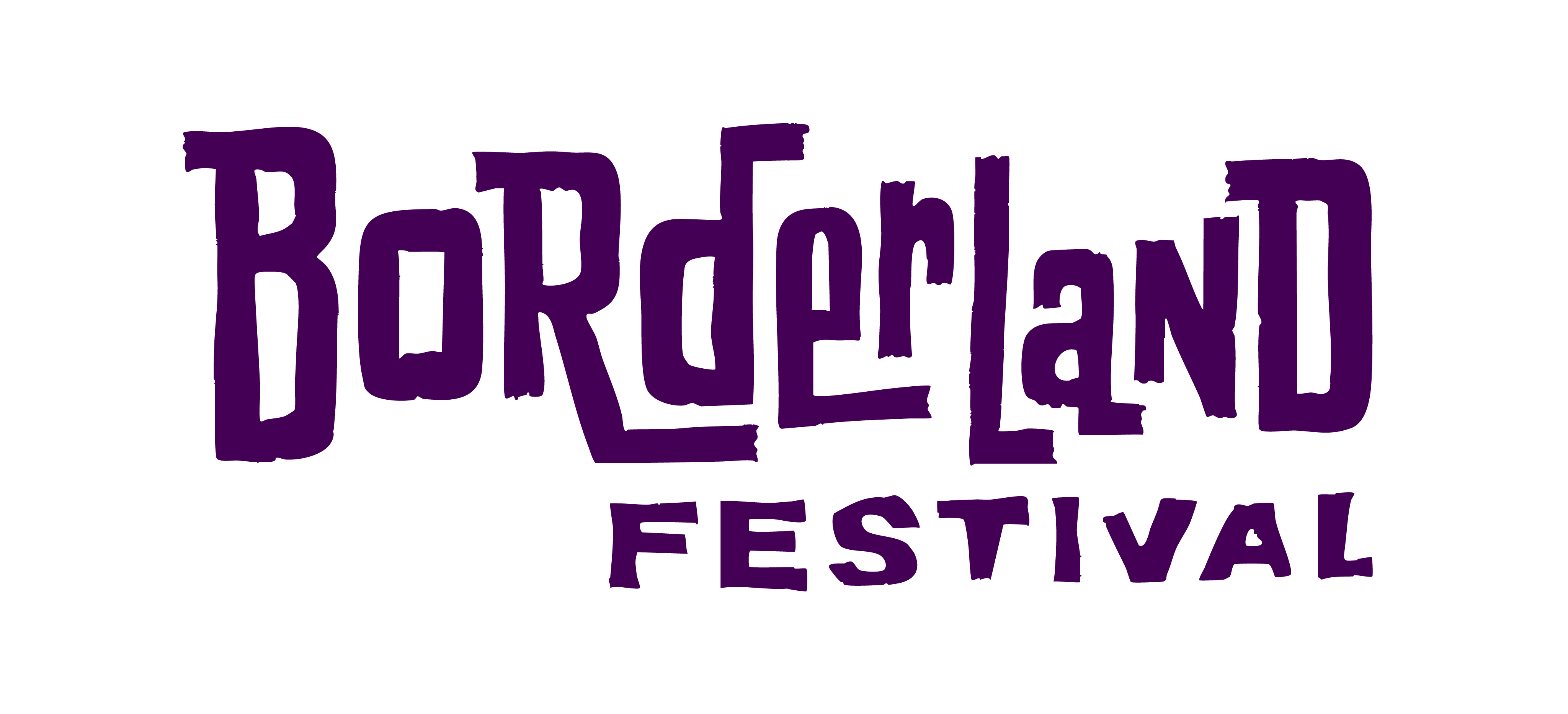
We caught up with Jennifer Fee from Buffalo Niagara Waterkeeper to give you a look into how Buffalo Waterkeeper helps protect our regions waterways.
Q: So, what is Buffalo Niagara Waterkeeper and what is their mission in the Buffalo Niagara area (aka The Borderland!)? Give us a little background.
A: For the past 30 years, Buffalo Niagara Waterkeeper has been the guardian of Western New York’s fresh water. Our mission is four-fold: we PROTECT the water, we RESTORE both the waterways and the surrounding ecosystems, we CONNECT people to their waterways, and we INSPIRE both economic activity along the waterways and community engagement.
Q: What is your role at Buffalo Niagara Waterkeeper?
A: I’m the Marketing Director, one of 30 full-time people employed at our non-profit organization.
Q: For the folks that don’t know, what waterways of this region do you cover? Let’s even pull it back, what is a watershed?
A: We cover the Niagara River/Lake Erie Watershed, which spans 1,440 square miles over five counties: Erie, Niagara, Wyoming, Orleans and Genesee. It contains 3,193 square miles of waterways. A watershed is an area of land that feeds all the water running under it or draining off of it into a body of water (for us, that’s the Niagara River). Some of the major waterways in our watershed include but are not limited to the Buffalo River, Scajaquada Creek, Cayuga Creek, Ellicott Creek, Gill Creek, Eighteenmile Creek, Tonawanda Creek, Cazenovia Creek and Cattaraugus Creek.
Q: What are the most common projects that BNW implements? How many different ways actually are there to protect and restore our areas water?
A: With over 60 projects in a year, Buffalo Niagara Waterkeeper currently focuses its work across five initiatives: 1) Protecting the Headwaters, the precious source waters throughout the Borderland that eventually flow into the larger water bodies in our watershed and become our drinking water; 2) Waterway Revitalization, restoring the waterways throughout our watershed, as we have done for the Buffalo River. We want to continue to do the same good work for the rest of the waterways in our watershed, while opening up public access. 3) A wholistic approach to the restoration of Scajaquada Creek and its corridor; 4) Living Shorelines – over 80% of the shorelines in the Niagara River Watershed have degradation, and our Living Shorelines initiative restores vital habitats along our waterways, while reducing pollution and flooding concerns. 5) Education and Engagement – With nearly 3,000 community members volunteering annually we are actively engaging the community in taking care of its waterways! Our education programs such as Water Academy and Young Environmental Leaders Program are helping to build the next generation of stewards for our water and environment. Additionally, this initiative focuses on access and environmental justice issues for our community.
Q: I see that you have a lot of folks with different backgrounds on your team from landscape architects to lawyers. How does a non-profit like BNW work from a personnel standpoint?
A: 30 years ago we were an all-volunteer team, and today we employ 30 full-time staff people. Needless to say there has been a ton of growth in the past decade. We also have an army of volunteer ambassadors that help tremendously with our education and engagement efforts, so that our staff can concentrate on all of he projects happening across the region. In addition, we usually take on 8-10 interns each semester, across our various departments. How does it work? Very well! We have a very collaborative work culture, where everyone’s ideas and input are valued.
Q: BNW began as the “Friends of Buffalo River” in 1989, how has BNW the waterways in Buffalo change over the years?
A: In the late 60s, the Buffalo River was officially declared dead. Fast forward to 1989, with not a lot of improvement, and Friends of the Buffalo River is formed. Our organization worked tirelessly for the last three decades, and with many partners, to bring the Buffalo River back to life. It’s a tremendous, largely untold success story that played a large part in the city’s resurgence and renaissance in recent years. The story of the Buffalo River is a tale of caution, determination, hope and resurgence, and our mission going forward is to work to achieve the same successes on our other waterways, as well, in addition to protecting our headwaters throughout “the Borderland.”
Q: What work needs to still be done? I imagine even today there are culprits of polluting the local waterways.
A: There is still pollution happening today, but there are also other degradation problems with shorelines causing flooding, with infrastructure causing sewage outputs in waterways, and other natural and manmade events. Buffalo Niagara Waterkeeper’s success over the last three decades can be credited to our collaborative, partnership approach to the environmental problems our region faces. The people of WNY love their communities, and we’ve found that partnering to find sustainable solutions and restore the health of our waterways and ecosystems yields better results here than trying to force people’s hand. Part of our work is changing the paradigm and the way people think about conservation and sustainability. Looking at the success of the Buffalo River restoration, it is clear that clean water is an economic driver. It pays to invest in our environment.
Q: Are you guys the only organization doing this sort of environmental work in Buffalo? Who else around here do you see as a partner to the cause.
A: There are a lot of great organizations that are working to help our environment in Western New York and as collaborators, we’ve partnered with just about all of them! PUSH Blue, Niagara River Greenway Commission, Western New York Land Conservancy, GoBike Buffalo, Vision Niagara, the Audubon Society, Tifft Nature Preserve, the list goes on. We also serve as coordinators for some regional efforts, such as the Remedial Action Plan for the Buffalo River, the Water Safety Stakeholders Group, and others. This doesn’t even touch on the governmental entities we partner with across many projects (Erie and Niagara Counties, the City of Buffalo, the Town of Niagara, Cheektowaga, etc.), or the for-profit businesses that have made sustainability a priority in their organization (like those involved in the Sustainable Business Roundtable).
Q: How did you feel when Borderland Festival asked you to jump aboard?
A: Excited! We love opportunities to engage new audiences, and the festival’s prioritization of sustainability and leaving as little a footprint as possible aligned beautifully with our mission.
Q: Have you ever seen an organization like Waste Free Earth before (Borderland Festival’s sustainability arm)? Have you guys partnered with any music festivals in the past?
A: This is our first partnering with a music festival. We’ve worked with a lot of environmental organizations, but no one quite like Marina or Waste Free Earth! The whole team was awesome. The metrics coming out of the festival were amazing, but even the anecdotal experience of being there and seeing the recycling happening so quickly and efficiently was exciting!
Q: Did you go to Borderland last year? Who was your favorite act for year one?
A: Of course! Borderland gave us the tremendous opportunity to table both days of the festival and many of our staff attended on their own, as well! I loved Margo Price, but the energy of the whole place when the Revivalists took the stage was transcendent!
Thanks so much for your time. We appreciate you and everything Buffalo Niagara Waterkeeper does for this area!
Learn more about Buffalo Water Keeper at bnwaterkeeper.org.

